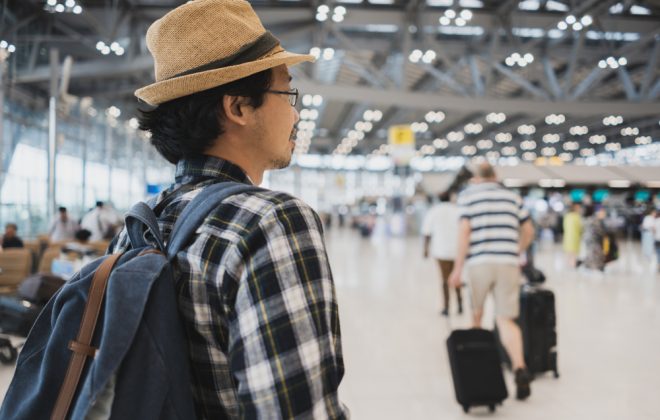Three main sustainable tourism trends Chinese independent travellers follow

With the globalization phenomena and the considerable growth in the global economy, it comes as no surprise that global tourism is one of the sectors that also rose notably. Over the last 20 years, the number of international tourists more than doubled from 536 million in 1996, to an astonishing 1.2 billion in 2016. Consequently, such a large number of tourists is starting to bring a negative impact on the region they are visiting.
People that live in very popular tourist destinations can feel overwhelmed and often feel like they are losing access to their own cultural heritage due to mass tourism. For the

Cultural tourism
Medieval cities were never meant to support the incredible influx of people that some of them do.
If one stops to think about it, medieval cities were never meant to support the incredible influx of people that some of them do. This is the reason why locals from Venice, for example, have accused the tourists of destroying their city. Big masses of tourists tend also to concentrate in the same areas of the city, in Venice’s case the San Marco square can be very busy most of the times and gigantic lines can form to enter its Palazzo Ducale. This is not favorable neither for the local’s which are afraid of the deterioration of its landmarks nor for the travelers that have limited time to spend. Some solutions from travel tech are able to redistribute people around a city in order to make the spread of tourists more even and less damaging. They would, in the Venice case, for example, highlight attractions away to the San Marco square or inform the tourists that there is a long waiting line for the Palazzo.

Green tourism
A great number of people also directly results in over consumerism and a lot of waste generated.
Apart from overcrowding places, mass tourism can also have other negative impacts. A great number of people also directly results in over consumerism and a lot of waste generated. This is problematic because local municipalities need to deal with this waste somehow. Other than that these tourists need to travel around the cities or countries. Cars, buses and especially airplanes have a major negative impact on the environment. Solutions are rising, locally owned restaurants are becoming more popular than big fast food chains that generate a lot of waste and even ride-hailing is becoming more popular, even when it comes to international traveling. In special, the FIT group is looking for responsible travel options and environmentally-friendly tourist businesses in order to help protect the local environment.

Social tourism
By staying in big hotels chains or eating in international restaurants, only a small portion of the money spent that ends up staying in the local economy.
But it is not all about negative impacts, Tourism also brings extra capital and opportunities for local business to thrive. In very popular tourist destinations, local businesses get a chance to sell to a much larger segment that they would if they consider the real inhabitants of the city. As a traveler myself, I believe it’s important to support the local enterprises. These are often the establishments with more character and the ones with the best stories and recommendations of local activities. What some people don’t realize is that by staying in big hotels chains or eating in international restaurants, only a small portion of the money spent ends up staying in the local economy. In my opinion, the best way to travel is to live like a local. that is why I always visit spots that are owned and managed by locals. Bed and breakfasts are also great options to get more familiar with the local hospitality and way of living. Luckily, more and more people are starting to think like me. It seems that, with a continuing educational effort from the tourist side and a smart and ecological solution from the vendor side, we are on the right path for sustainable tourism.



